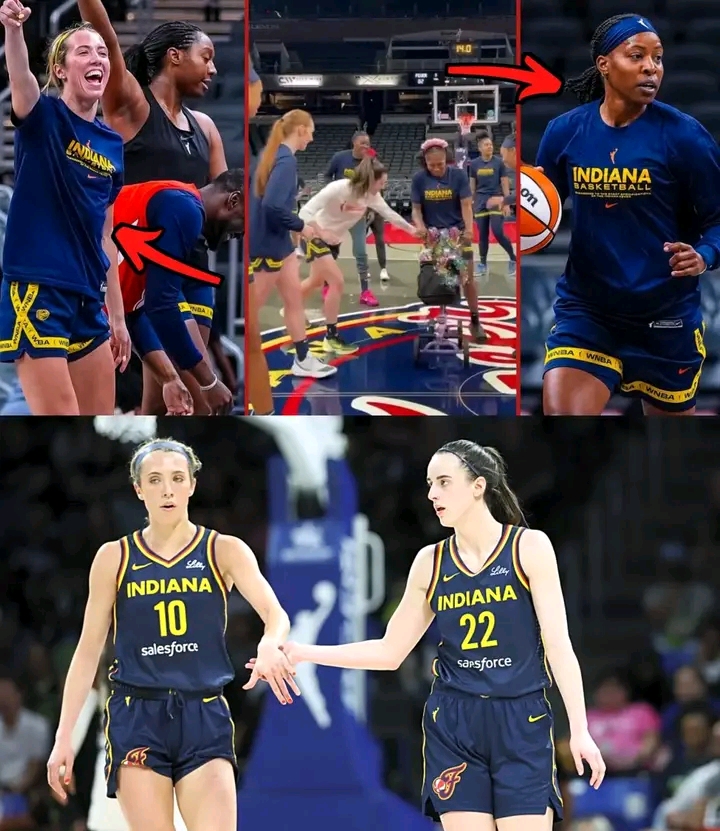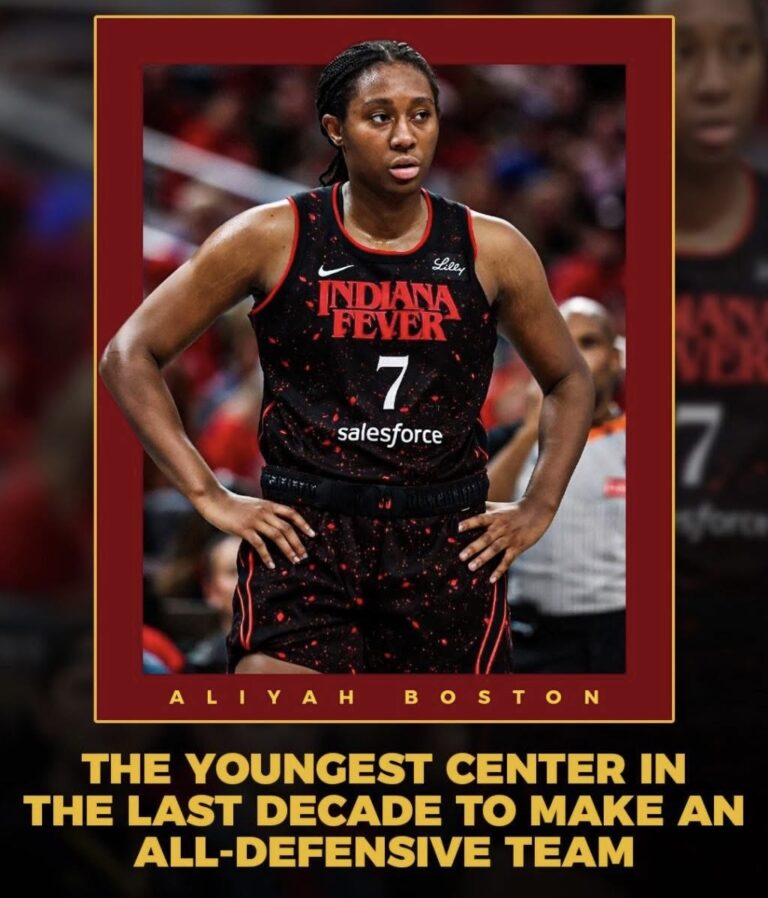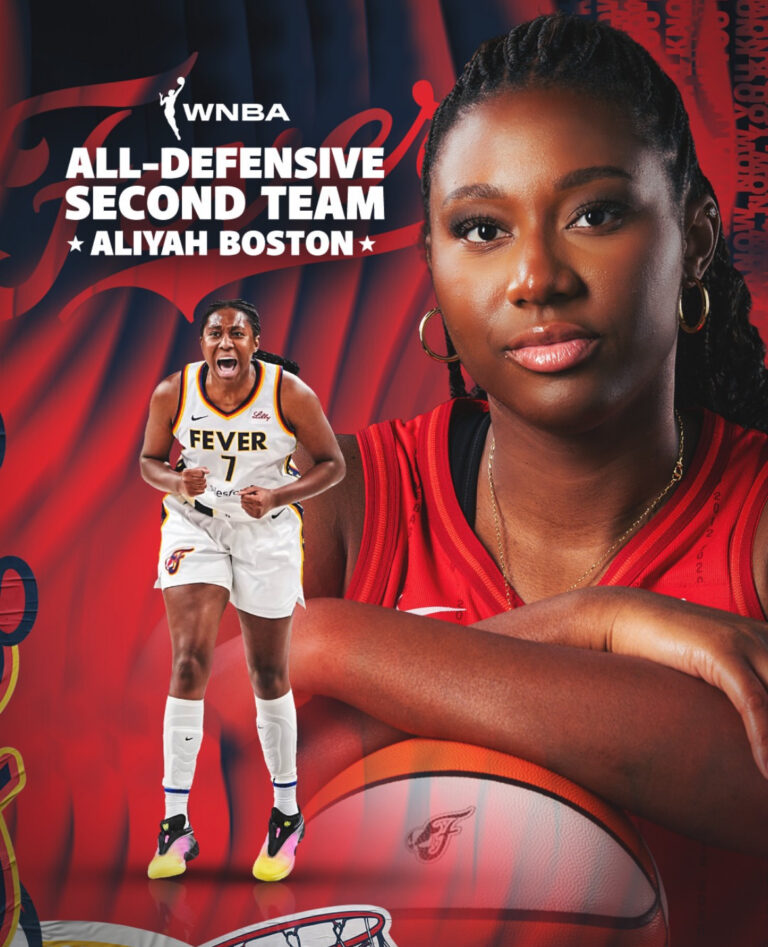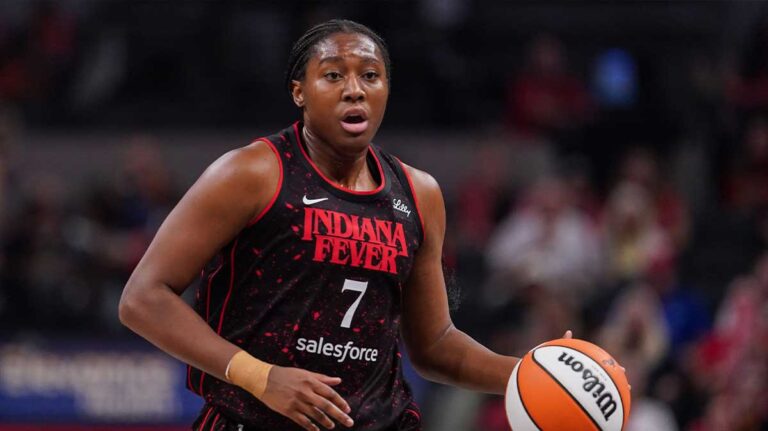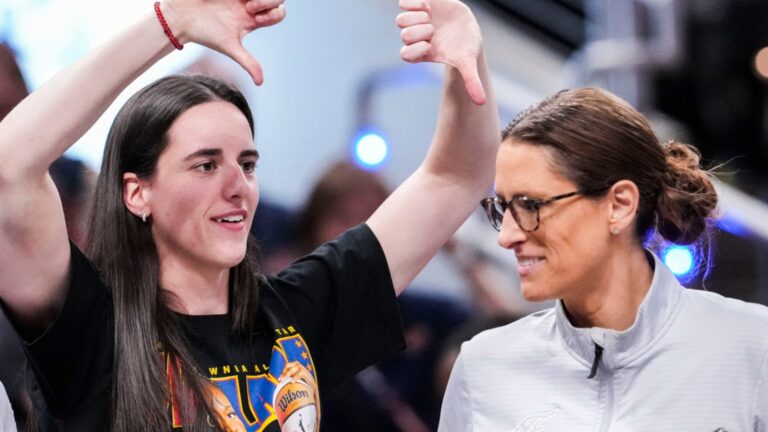Behind the Scenes: Exclusive Look at Madonna’s Groundbreaking Music Video that Redefined Pop Culture and Changed the Music Industry…see more

Madonna, the Queen of Pop, is undoubtedly one of the most influential and innovative figures in the history of music. From her chart-topping hits to her boundary-pushing performances, she has consistently redefined the parameters of what it means to be a pop star. However, it wasn’t just her musical prowess that set her apart—it was her ability to leverage the power of visual storytelling, particularly through her music videos. These videos did more than just promote songs; they became cultural touchstones, reshaping the way audiences experienced music and forcing the music industry to reconsider the role of the video as an art form.
Among her groundbreaking body of work, one music video stands out as a pivotal moment in both her career and pop culture at large—Like a Prayer. Released in 1989, the video for this song not only challenged social, cultural, and religious conventions but also helped solidify Madonna as an artist whose influence extended far beyond the charts. In this exclusive behind-the-scenes look, we dive deep into the making of this iconic music video, exploring how Madonna redefined pop culture and transformed the music industry forever.
The Vision Behind “Like a Prayer”
By 1989, Madonna had already established herself as a pop culture phenomenon. With a string of successful albums, hit singles, and a reputation for controversy, she had already proven that she was an artist unafraid to push boundaries. However, with Like a Prayer, she took her artistic expression to new heights—creating a piece of work that would become a cultural milestone and elevate the music video format to new artistic levels.
Madonna’s vision for Like a Prayer was not just to create a catchy pop song, but to blend powerful, provocative imagery with a message that challenged societal norms. The song itself dealt with themes of faith, love, and spirituality, juxtaposed with the complexities of the human experience. Madonna saw the music video as a way to visually explore these themes, using the imagery of religion, race, and sexual liberation to create a narrative that was at once personal, spiritual, and politically charged.
The music video’s concept was conceived as a blend of religious iconography—particularly Christian symbols like crosses, angels, and stained-glass windows—and the social and political issues that were at the forefront of the late ’80s. Madonna was keenly aware of how her imagery would be interpreted and, in true Madonna fashion, leaned into the controversy, believing that the resulting dialogue would be an important part of the conversation around the video.
Casting and Iconography: A Bold Statement
One of the key elements of the Like a Prayer video was its visual boldness, which involved a careful selection of actors and striking use of iconography. Madonna’s collaboration with French director Jean-Baptiste Mondino was crucial in crafting the video’s visual style, which combined elements of religious reverence and sexual liberation. The result was a video that included powerful images such as Madonna dancing in front of burning crosses, embracing religious symbols, and performing in church-like settings.
The video opens with Madonna dancing in front of a church, surrounded by fire and dramatic lighting. She is joined by an African American man, who plays a pivotal role in the narrative. The presence of racial and religious imagery sparked significant debate, with critics arguing about the video’s treatment of both race and religion. Madonna’s choice to integrate such controversial symbols was intentional; she wanted to push audiences to think about the intersections of faith, race, and sexuality, all while challenging the idea that any of these topics should be off-limits in pop culture.
The symbolism of the burning cross, in particular, was one of the most controversial elements of the video. While the religious iconography was seen by some as sacrilegious, Madonna maintained that her use of these symbols was a way of exploring faith, not mocking it. She was also aware of the risk involved; after all, Christianity had long been a sensitive subject in popular culture. The incorporation of religious imagery in a music video was a direct challenge to the norms of the time, and it was this fearlessness that made the Like a Prayer video a milestone in the history of music videos.
Dancing, Choreography, and Empowerment
In addition to its powerful visual storytelling, Like a Prayer was also notable for its energetic choreography. Madonna was always at the forefront of popular dance trends, and she knew that the video needed to reflect her connection to the music’s rhythm and spirit. In many ways, the dance sequences in Like a Prayer were an extension of her own identity as a performer: fierce, free-spirited, and unapologetically bold.
The choreography, which was created by Madonna in collaboration with renowned choreographer Vincent Paterson, took on a highly symbolic form. Madonna’s movements in the video were designed to convey both personal liberation and spiritual transcendence, with much of the dance revolving around themes of surrender and empowerment. The incorporation of the gospel choir, which lent the song an ethereal quality, added to the sense of collective spiritual experience, turning the video into a celebration of self-expression and community.
Madonna’s physicality and sense of control over her own body were central to the video’s narrative, underscoring her ongoing themes of female empowerment and self-determination. Whether dancing in the streets, kneeling in front of stained glass windows, or embracing her own sexuality, Madonna portrayed a woman in complete command of her own life and destiny.
A Shift in Music Video Production
The impact of Like a Prayer extended far beyond Madonna’s artistic statement. The video also represented a turning point in the music video industry. Before the late 1980s, music videos were often used primarily as promotional tools to sell records. While there had certainly been groundbreaking videos from artists like Michael Jackson and David Bowie, the Like a Prayer video took the art of the music video to an entirely new level. Madonna’s collaboration with Mondino, along with the high production value and complex narrative structure, helped solidify the music video as a medium for serious artistic expression.
One of the key innovations of the Like a Prayer video was its seamless blending of narrative storytelling with musical performance. The video was cinematic in scope, featuring a storyline that was both visually arresting and emotionally powerful. Madonna’s integration of performance and narrative would go on to influence many future music videos, setting the stage for artists like Beyoncé, Lady Gaga, and Rihanna to experiment with music videos as a form of visual art.
Additionally, the controversy surrounding the video’s religious themes highlighted the power of the music video to spark cultural conversations. Rather than simply being a tool for promotion, the Like a Prayer video became a cultural event that transcended the song itself. It was an example of how a music video could challenge the status quo, provoke thought, and engage with audiences on a deeper level than just offering entertainment.
The Aftermath: Reception and Legacy
Upon its release, the Like a Prayer video ignited an immediate and intense backlash, especially from religious groups. The video’s provocative use of religious imagery led to protests, boycotts, and public condemnation. Madonna was criticized for using sacred symbols in a way that many found offensive, and some even called for the video to be banned. In response, Madonna defended her artistic choices, reiterating that her intent was not to offend but to provoke thought and conversation.
Despite—or perhaps because of—the controversy, the video quickly became one of the most talked-about and influential pieces of pop culture in the late 20th century. Like a Prayer didn’t just redefine the music video format; it also demonstrated how art could be used to challenge societal norms and spark dialogue about race, religion, and sexuality. Madonna’s willingness to push boundaries solidified her position as an artist unafraid to take risks for the sake of her creative vision.
The legacy of the Like a Prayer video endures to this day. It helped establish the idea that music videos could be powerful vehicles for artistic and social commentary. More importantly, it cemented Madonna’s place as one of the most influential figures in pop culture history—a woman who used her platform to explore complex issues while staying true to her own identity and creative vision.
Conclusion: A Cultural Milestone
Behind the scenes of Madonna’s Like a Prayer video lies a story of artistic innovation, boldness, and vision. The making of the video marked a pivotal moment in the evolution of the music video industry, and its cultural impact reverberates to this day. By blending religious imagery, sexual liberation, and themes of empowerment, Madonna challenged both the music industry and society at large, reshaping the way we think about pop culture and the role of the artist in influencing social change.
Madonna’s work on Like a Prayer was more than just a reflection of her personal artistic journey—it was a moment in time that redefined how we view music videos, pop music, and the intersection of art and controversy. As we look back at this iconic video, we can appreciate not only its artistic achievements but also the courage it took to challenge the world with one of the most audacious and unforgettable music videos ever made.


